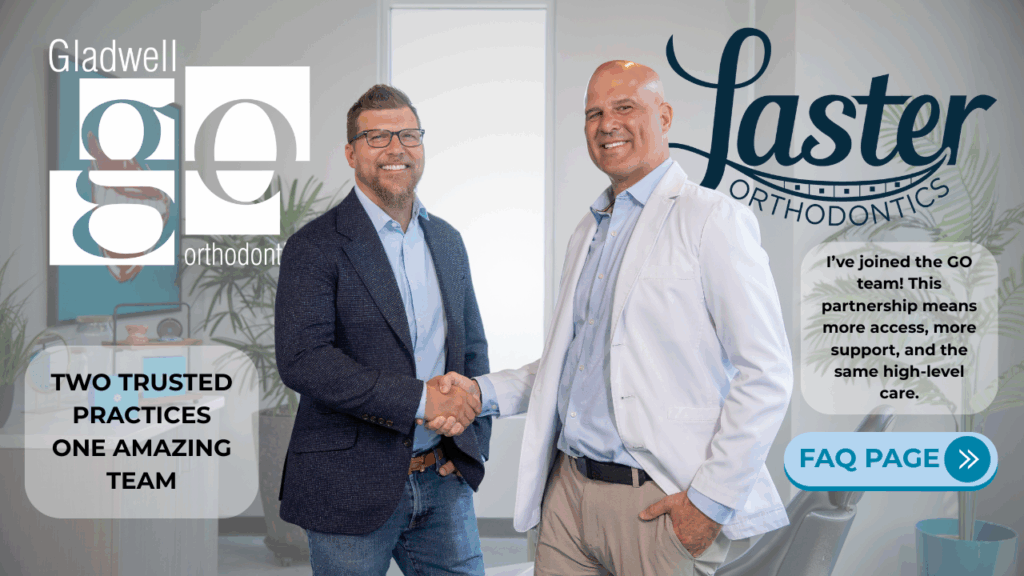Like many other bite-related problems, a crossbite is common and can be easily treated in patients of any age. Beyond leaving you feeling uncomfortable with the look of your smile, a crossbite may also result in future dental complications.
Crossbites are strongly associated with problems with the TMJ or temporomandibular joint. Multiple crossbite treatment options exist, including braces and aligners, although the correct treatment for you will depend on the cause and severity of the condition.
Crossbites respond best to treatment on younger patients as the jaw is more easily expanded when the bone is less mature.
Here’s a closer look at what a crossbite is, the dental issues it may cause, and a look at both braces and aligners as potential treatments.
Crossbite Overview
What is a crossbite?
It’s a common type of misalignment in which a few of your upper teeth sit inside of the corresponding lower teeth, while others are appropriately located on the outside. Several types of crossbites exist. A posterior crossbite refers to when your upper back teeth bite down on the inside of your back bottom teeth. An anterior crossbite (or underbite) refers to when your top front teeth are sitting behind your bottom front teeth. Dental crossbites occur when only the teeth are displaced, while a skeletal crossbite involves the misalignment of the patient’s jaw. Laster Orthodontics recommends an orthodontic evaluation at age 8 or 9 to check for crossbites as this is the ideal age to treat them.
Problems Caused by Crossbite
If a crossbite isn’t treated, it has the potential to result in other dental complications. Crossbites can be one of the more destructive bite problems to the teeth and jaws. Some of the risks of an untreated crossbite include teeth grinding, worn or cracked teeth, tooth decay, and gum recession. If left untreated, it often results in neck pain, headaches, and even jaw disorders such as TMJ because of the unusual stress it puts on the jaw muscles.
What Causes Crossbite?
In many cases, a crossbite may be passed down genetically. However, certain childhood behaviors and habits may cause a crossbite to develop. The overdevelopment or underdevelopment of certain bones within the jaw may result in crossbite. In other cases, crossbite occurs when adult teeth emerge too late or too early, or with prolonged thumb sucking, tongue thrusting, or pacifier use during childhood. Chronic or night time mouth breathing can also be related to a narrow upper jaw and consequent crossbite development.
Signs of Crossbite
A crossbite is usually obvious when any of the bottom teeth are aligned outside of the top teeth – whether it’s the back or front teeth. However, certain signs and symptoms that go along with crossbite often include teeth grinding, chronic shoulder, back, neck, and jaw pain, headaches, and breathing problems (esp chronic mouth breathing due to inadequate nasal airway)
Traditional Fix with Braces
One potential method of treating crossbite is traditional braces, and they’re quite effective at treating various forms of crossbite. Along with the dental correction they offer, braces may also help achieve some degree of skeletal realignment when used with expanders, elastics, and other types of appliances. Of course, their visibility is a significant downside, although they often work more quickly than other types of treatments. Traditional braces in combination with an expander is the most common recommendation for crossbite.
Sometimes, tooth extraction may be used along with braces to deal with any overcrowding. Removing a tooth that’s causing the mouth to be overcrowded can let the jaw relax into its natural position, making it easier for braces to move the teeth into the proper alignment.
Fixing Crossbite with LPS Clear Aligners
Aligners Fix Certain Types of Crossbite
Another viable treatment option for many types of crossbite is invisible aligners. Although it may not work for every kind of crossbite, it’s particularly effective at addressing dental crossbites, in which only the teeth are affected and not the actual jawbone. In many cases, aligners are able to correct a crossbite faster and easier than traditional braces can. We have had great success treating crossbites with Laster Perfect Smile clear aligners. Because of the custom design and stronger plastics used with LPS aligners they are the most effective clear aligner for crossbites. We have treated children as well as adults with LPS aligners for crossbites and have had remarkable success. Some name brand aligners are not quite strong enough in most cases to adequately correct a crossbite.
Aligners Cover the Teeth Completely
One of the reasons aligners offer a great option for treatment for crossbite is because they cover the entire biting surface of the teeth completely. This keeps teeth from being able to touch each other. Since teeth are separated using the aligners, the tooth can move into the correct position easily without being blocked by the tooth that opposes it in the bite. Braces don’t offer this benefit, which is why bite blocks sometimes have to be used.
Laster Perfect Smile Clear Aligners
Laster Perfect Smile (LPS) aligners are a unique clear aligner system Dr. Laster developed. With the use of highly advanced plastics and precise software, these aligners help patients achieve the perfect smile more precisely and faster than many other types of aligner systems. The initial goal of LPS aligners was to provide patients with a more affordable aligner option, but they’ve been perfected to the point that they offer better results than other aligners.
Benefits of Aligners vs. Braces for Crossbite
Choosing aligners over braces to treat crossbite offers several excellent benefits, including:
- Virtually Invisible – One of the main advantages of going with clear aligners is that they’re virtually invisible, and most people will never know you’re wearing them. Many people don’t want to have the dreaded “metal mouth” that comes with traditional braces, but clear aligners allow you to get the crossbite treatment you need without anyone knowing. You’ll continue feeling confident about the way you look even as your smile is being corrected.
- Gentle Pressure (Virtually Painless) – Clear aligners also use a very gentle pressure to straighten teeth and address crossbite, and they’re virtually painless for most patients. Braces, particularly traditional metal ones, can put more pressure on teeth, causing pain during adjustment, not to mention the pain that comes with the adjustment to wires and brackets in your mouth.
- Removable – You can’t stop and remove traditional braces before having an important photo taken, but you can take out clear aligners for a short period when needed. Whether you’re getting married, doing a big speech at work, or heading to a holiday party, it’s easy to take out the aligners for an hour or two when necessary. They also get removed when eating, which means you won’t deal with the dietary restrictions that often come with braces. Although it’s essential to ensure you’re keeping aligners in for the recommended time each day, there is some flexibility to make them more easily fit into your lifestyle.
Book Your Free Consultation
Can your crossbite be treated with clear aligners? There’s a good chance that aligners can solve your problem, but the best way to find out is to head into our office for a consultation. If you’re ready to eliminate the difficulties of having a crossbite and get the perfect smile you’ve always wanted, contact Laster Orthodontics today to set up your free consultation.
At Laster Orthodontics, we help families develop healthy, life-changing smiles using customized treatments, cutting-edge technologies, and caring relationships. Our individualized treatment plans help our patients achieve their perfect smile in the quickest, most painless way possible by utilizing a wide range of options from traditional braces to propel accelerated treatment to Dr. Laster’s in-house aligner program, Laster Perfect Smile. With three locations throughout the Triangle Area, we create life-changing smiles every day.


